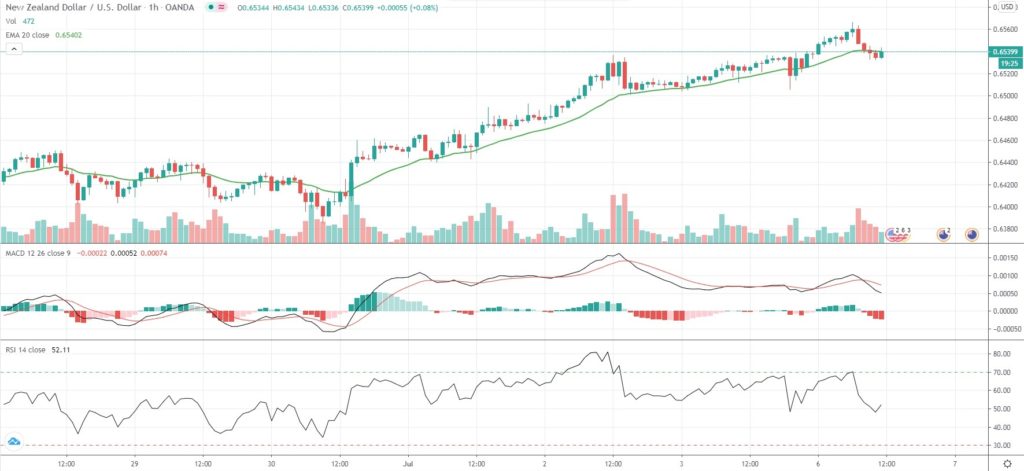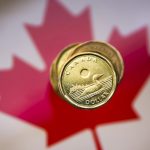NZD/USD eased from a fresh one-month high of 0.6566 during late European trade on Monday, as some market players preferred to take profits rather than risk unnecessarily amid mounting concerns that a surge in new coronavirus infections could lead to renewed lockdown restrictions and hamper economic recovery.
The kiwi dollar remained supported over the past five trading days by data-driven risk-on mood, which pushed the major pair up for a test of the June 10th high (0.6585).
Risk-on mood was also supported by growing expectations of a solid economic revival in China, which sent commodity currencies such as the Chinese yuan to highs not seen since March 18th against the greenback.
“The economic recovery process looks encouraging (and) looks likely to sustain while the lack of harsh trade headlines has at least eased concerns among investors for now,” Hao Zhou, a strategist at Commerzbank, said.
Economic recovery in China is a kiwi-positive factor as well, since China is New Zealand’s largest trading partner.
Market focus will now set on the upcoming string of macro data this week, starting with today’s US Non-Manufacturing PMI report, for further clues on recovery pace.
As of 11:45 GMT on Monday NZD/USD was inching up 0.09% to trade at 0.6539, after earlier touching an intraday high of 0.6566, or a level not seen since June 10th (0.6585). The major pair appreciated 1.72% last week, while marking its best performance since the business week ended on June 5th.
In terms of economic calendar, a monthly report by the Institute for Supply Management at 14:00 GMT today may show activity in the US sector of services contracted at a slower rate in June. The respective Non-Manufacturing Purchasing Managers’ Index is expected to come in at a reading of 49.5, up from 45.4 in May. Production, new orders, employment and inventories decreased at a softer rate in May compared to a month ago, the ISM said.
“Respondents remain concerned about the ongoing impact of the coronavirus. Additionally, many of the respondents’ respective companies are hoping and/or planning for a resumption of business,” Anthony Nieves, Chair of the Institute for Supply Management, said.
Kiwi traders will be also paying attention to a quarterly report by the New Zealand Institute of Economic Research (NZIER) on capacity utilization for the second quarter, due out at 22:00 GMT. The country’s capacity utilization rose to 92.1% in Q1 from 92.0% in Q4 2019.
Bond Yield Spread
The spread between 1-year New Zealand and 1-year US bond yields, which reflects the flow of funds in a short term, equaled 9.2 basis points (0.092%) as of 10:15 GMT on Monday, up from 9.1 basis points on July 3rd.
Daily Pivot Levels (traditional method of calculation)
Central Pivot – 0.6526
R1 – 0.6547
R2 – 0.6560
R3 – 0.6582
R4 – 0.6603
S1 – 0.6512
S2 – 0.6491
S3 – 0.6478
S4 – 0.6464






